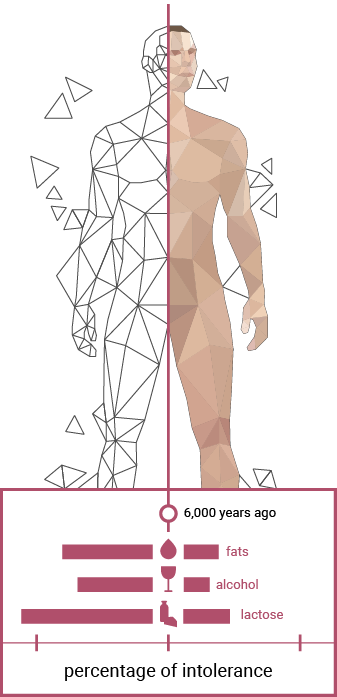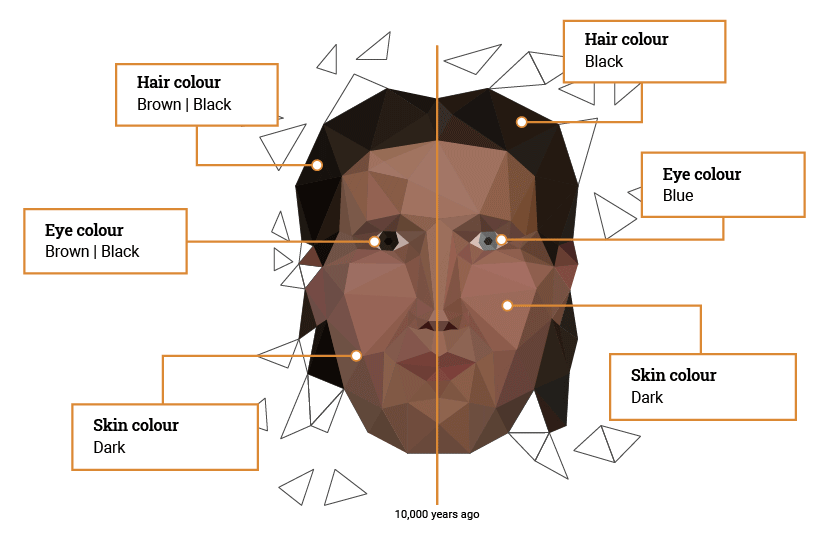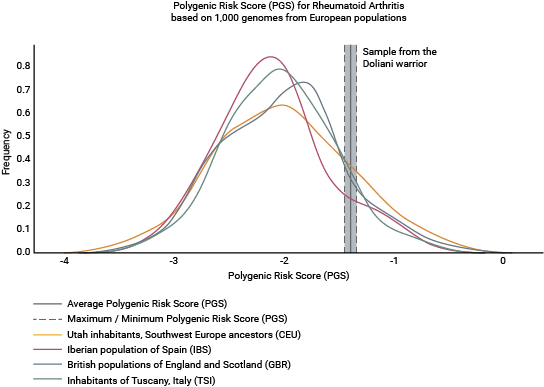
Menu
Many times a day, the DNA of an organism replicates itself. Each time, this replication occurs in the exact same way and without any error. However, sometimes a mutation may occur in the long sequence of the DNA, i.e. one base may be substituted by another. This substitution is called single nucleotide polymorphism or SNP (“snip”). The progressive accumulation of these changes constitutes the genetic identity of an organism.
The BioMuse programme implemented the PHENOREPORT, a bioinformatics tool that has automated the listing and study of a large number of SNPs in the genomes that were analysed, in order to create the genetic profile of the studied individuals.

The metabolic characteristics such as lactose and gluten intolerance, i.e. the consumption of dairy and cereal products that causes gastrointestinal problems, the consumption of alcohol without an allergic reaction and the sensitivity to fats, are primitive characteristics of the human species.
These characteristics were modified approximately 6,000 years ago, with the advent of the Neolithic way of living and the change of dietary habits, as a result of the domestication of plants and animals.

With the help of the DNA we can recompose the appearance of the biographees and study the evolution and history of many physical features, such as the colour of the eyes, of the hair and of the skin. For instance, originally we all had brown eyes.
However, approximately 10,000 years ago a genetic mutation appeared that affected a gene associated with the production of melanin, the pigment that gives colour to our hair, eyes and skin.
The mutation resulted in the creation of a “switch” that regulates the amount of melanin in the iris and led to the light eye colours we see today.

Genetic diseases such as the β thalassemia major (Mediterranean anemia), the cystic fibrosis and the familial hypercholesterolaemia that are detected in modern-day Greek populations are also traced in the BioMuse biographies. A better understanding of the origins and evolution of diseases helps us estimate their variations in the course of time.

Today, researchers can even estimate the genetic predisposition to develop characteristics and diseases such as height, rheumatoid arthritis, certain types of cancer et al., which are affected by various genes and environmental factors.
